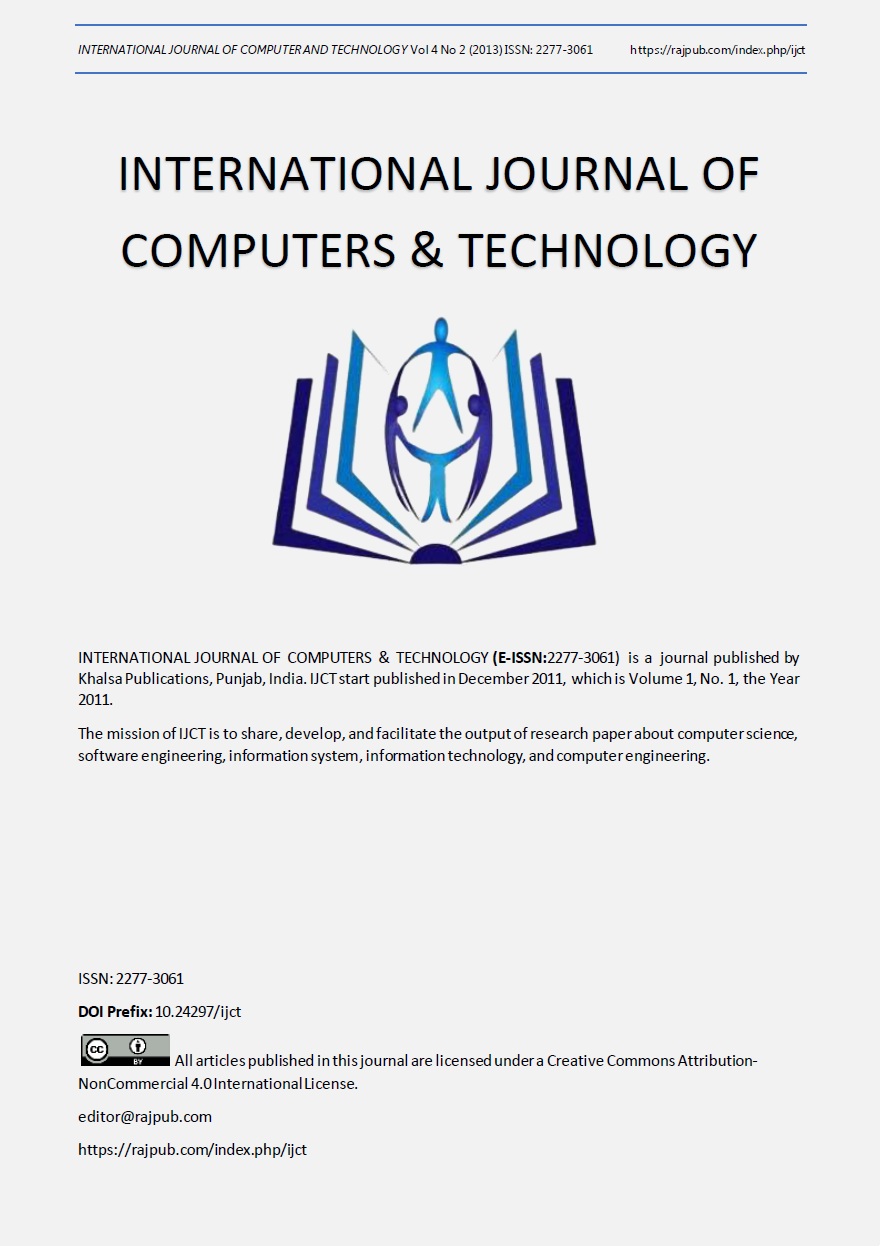RE-MAC: A Reliable Energy Efficient MAC Protocol For Wireless Sensor Networks
DOI:
https://doi.org/10.24297/ijct.v4i2b2.3311Keywords:
Wireless Sensor Networks, Energy optimization, Medium Access Control protocolsAbstract
Wireless sensor networks are considered to be a promising area to equip scientists with the capability of developing real-time monitoring systems. This paper discusses the design and development of a wireless sensor network (WSN) that can be used for monitoring purposes in the agricultural fields. This battery-powered sensor node makes the network deployment easy but limit the lifetime of the network to the limited capacity of these batteries. The main source of energy wastage in modern sensor networks is idle listening and overhearing. Duty cycling is a proven mechanism to overcome the energy wastage through idle listening. In this paper we introduce a new MAC protocol named as REMAC that minimizes the idle listening by allowing nodes to remain in sleep state until it is necessary to wakeup. It also allows the participating nodes to wake up during the sleep time, perform the data transfer and return to sleep state thereby minimizing the chances for over hearing. We show the performance of REMAC through detailed simulations in NS-2 and also compare the performance evaluation with similar synchronous protocols that employ duty cycling. In the analysis REMAC proves to be saving much energy as compared to others.









